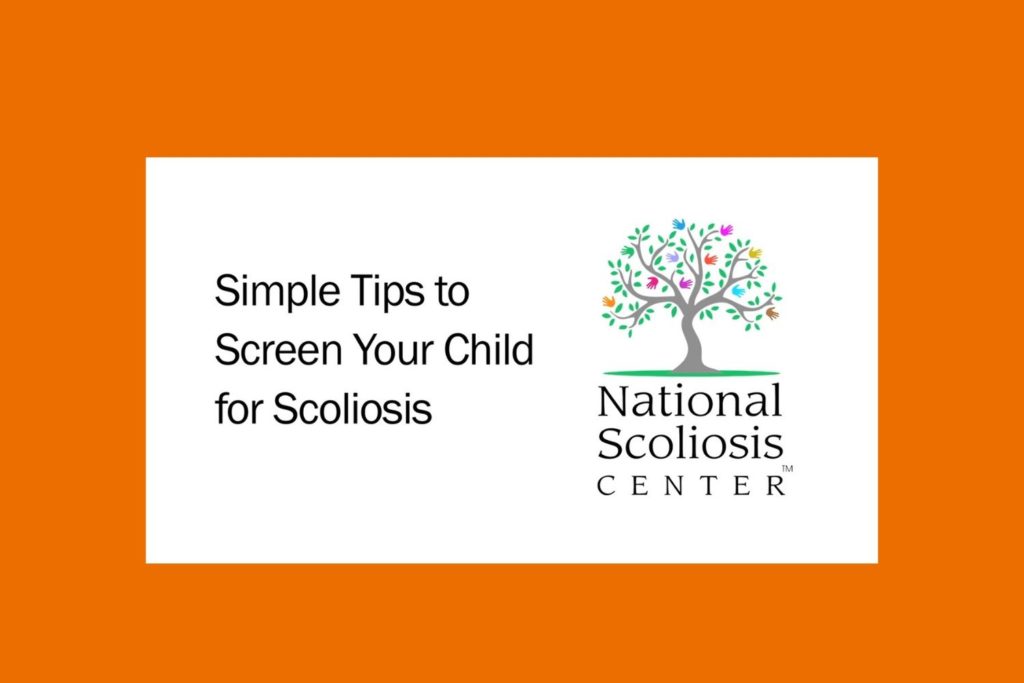June is National Scoliosis Awareness Month. Given that well-check appointments have been postponed due the COVID-19 pandemic and one key to successfully treating scoliosis is catching it early, we recommend that parents do a simple scoliosis screening at home.
To identify the potential presence of scoliosis, have your child:
- Stand up comfortably with their feet forward and their knees straight. Then, stand behind your child and look for any of the following:
- Visible asymmetry of the spine
- Uneven shoulders (one shoulder being higher than the other)
- Uneven torso, waist or hips
- Next, have your child bend forward and hang their arms/hands downward. While still standing behind your child, view their back at eye level and look for a prominence or hump on one side.
If you identify any of the above characteristics contact your pediatrician.
An estimated 7 million Americans have scoliosis* — defined as an abnormal curvature of the spine greater than 10 degrees with observable three-dimensional prominence. It often appears during growth spurts in girls and boys between the ages of 10 and 15; however, scoliosis can affect infants, young children and adults. Most curves are minor and require only monitoring by a doctor. Bracing is typically recommended for curves of 20 degrees or more, and larger curves (over 50 degrees) may require surgery.
The consequences of missing warning signs can be detrimental to a child’s health. Luke Stikeleather, President and Founder of National Scoliosis Center says, “Early detection can mean the difference between a child wearing a brace, versus a child needing spinal fusion surgery.”
Scoliosis treatment with non-operative bracing is achievable through early intervention and a dedicated care team that consists of the child, their family, an orthopedist and an orthotist.
*National Scoliosis Foundation, scoliosis.org
